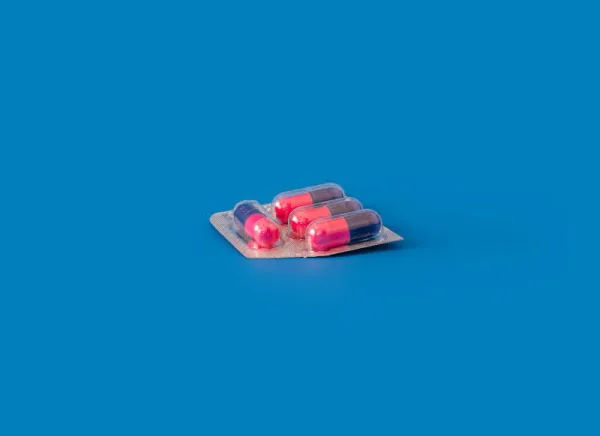GLP1s and Tariffs, the story so far
We take a look at the various movements in GLP1 policy by the Trump administration, so far.

It's hard to keep track of everything the new Trump administration plans to do that might affect Tariffs. There are conflicting opinions, actions, and guidance coming from the administration every day – and the importance of the administrations actions on the use and adoption of GLP1 Receptor Agonists is profound.
This article is an attempt to summarize where we were, where we are, and where we think the treatment of GLP1 (in the wider context of the current administration's drug policy is going) is going.
The rest of this article is no longer available for free – if you'd like to read the rest of our wrap up on RFK, the administration and analysis, check us out on Substack:




